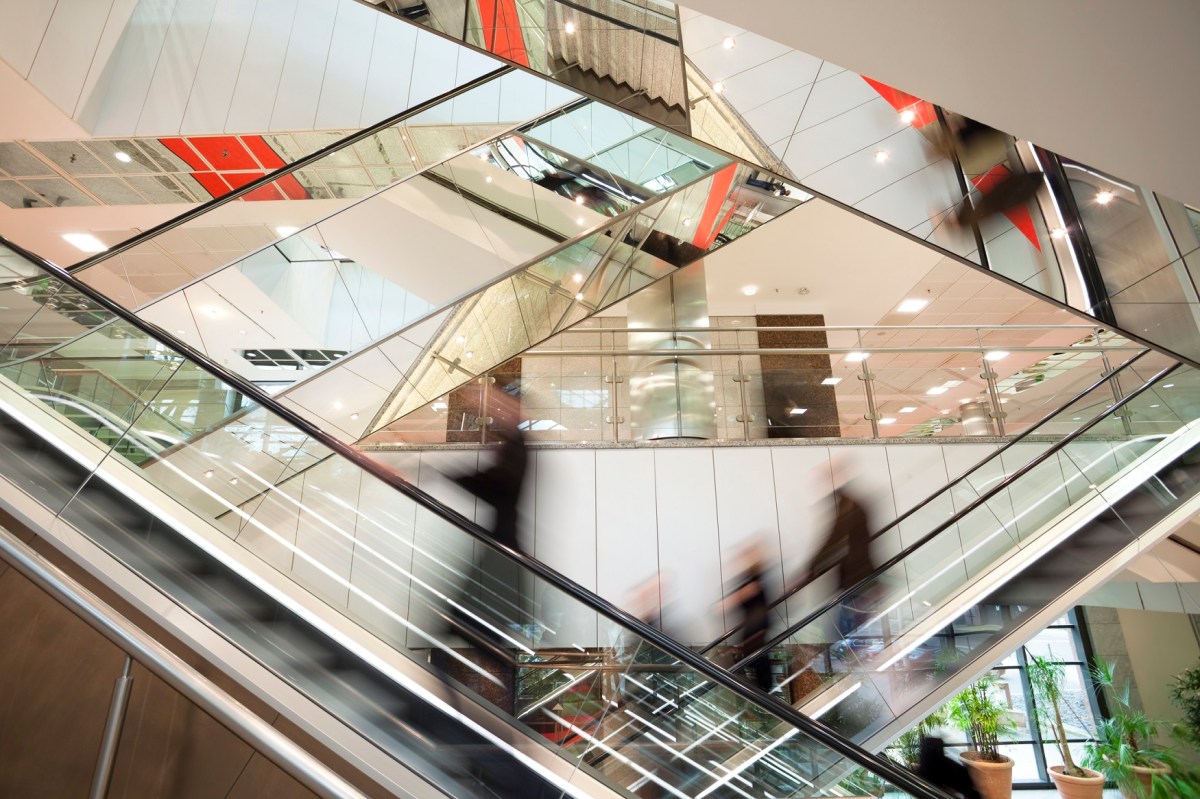As the Federal Government pushes ahead with its dual goals of Net Zero emissions and a 43% reduction in greenhouse gas emissions by 2030, shopping centre owners and operators are facing increasing pressure to meet these goals and maximise their investment in renewable energy sources such as solar power.
The comfort of tenants and patrons in modern shopping centres is underpinned by the operation of a complex array of equipment. Heating, ventilation and air-conditioning (HVAC) systems maintain comfort. Elevators and escalators help people move around safely and efficiently with myriad other equipment – everything from lighting to trash compactors – ensuring the smooth operation of a centre.
Operating that equipment in the most energy and cost efficient way requires significant expertise and depends on having data that enables building owners, facilities managers and service engineers to work together. And with shopping centre owners now investing in cleaner energy sources such as solar, the ability to operate plant and equipment at its peak is critical.
Over recent years, a number of major Australian shopping centres have installed solar panels. As well as looking for operational costs savings, there is increasing regulatory pressure as the Federal Government pursues a goal of Net Zero emissions by 2030 and a 43% reduction in all greenhouse emissions. In order for shopping centres and other large buildings to do their part, there will be a shift to renewable energy sources.
In a typical shopping centre, about half of all energy use is from HVAC systems. The solar panel arrays installed on the rooftops and carparks of these centres can deliver between 1MW and 5MW of power. When the energy used to power these systems comes from the electricity grid, the cost varies depending on when the energy is used. In peak periods prices are higher. And these peak pricing periods typically coincide with the times when centres are at their busiest.
HVAC systems have to respond to changes in centre conditions. As well as the external weather, foot traffic has an impact on the thermal comfort of a centre. The typical way this was done was in a reactive way – as foot traffic increased in an area, the temperature was altered in response. However, solar power can change this to ease emissions and costs.
Instead of reactively altering the temperature or humidity in response to changing conditions, an area can be precooled, for example, using solar energy when its production is at its peak. The same can be done with other heavy equipment. For example, trash compactors can be operated when solar generation is at its highest, thus reducing costs and carbon emissions.
The cheapest energy that a shopping centre can access is the energy it doesn’t use. By closely monitoring the operation of HVAC and other equipment it’s possible to detect inefficiencies in equipment operation. When those inefficiencies are remediated, the equipment returns to its optimal operating state, thereby using less energy and saving money for the building owner and reducing carbon emissions.
For shopping centre managers there are two variables in play. Firstly, they can ensure that equipment is operating at its most efficient so the amount of energy it uses and the volume of carbon emissions it generates are both minimised. And facilities managers can shift their power use to times when solar energy is at its most plentiful so they take advantage of the highest possible electricity generation from their solar arrays.
These changes require evaluating how and when some equipment is used. The benefits are considerable by better utilising output from solar energy systems, shopping centre owners and managers can maximise the return on investment for those installations and reducing the payback time. And by taking a proactive approach to centre operations, thermal comfort for shoppers and tenants can be improved without a commensurate increase in costs of carbon emissions.
Solar energy, and other renewable energy sources, are important tools as we move towards Net Zero emissions and the Federal Government’s target of a 43% reduction in greenhouse gas emissions. Shopping centres can do their part by using data to get smarter about how they operate large machines in order to shift energy loads to times when solar power is most available and by ensuring those machines are well-maintained and their operation is optimised.
David Walsh is founder and CEO of CIM.

